
Spring games are great for scratching that offseason college football itch and getting irrationally hype about backups who will never see the field in a real game (this post is dedicated to perennial spring game legends CURENSKI GILLEYLEN and JAMAL TURNER).
But they are typically not great for indicating anything actually significant about a football team. It’s essentially one practice out of many; teams run their most basic schemes and are focused on improving weaknesses and getting depth players reps; and the format is often very nonsensical or limited (shoot whatever Nebraska was doing in that first half into the sun and NEVER BRING IT BACK). Spring games are about having a good time, doing fun things for your fans and inspiring moments.
That being said, I was watching last Saturday with a little bit of piqued interest as the Huskers go through the process of breaking in a new offense and working to meld two offensive schemes. I took a detailed look at Mark Whipple and Pitt’s scheme last year in my last newsletter, and, while the offense was very limited in the spring game, some of the Whipple concepts I mentioned did show up, mixed with some of Scott Frost’s staples from last year.
I did a thread on Twitter last week breaking some of that down that I thought some of you might enjoy:










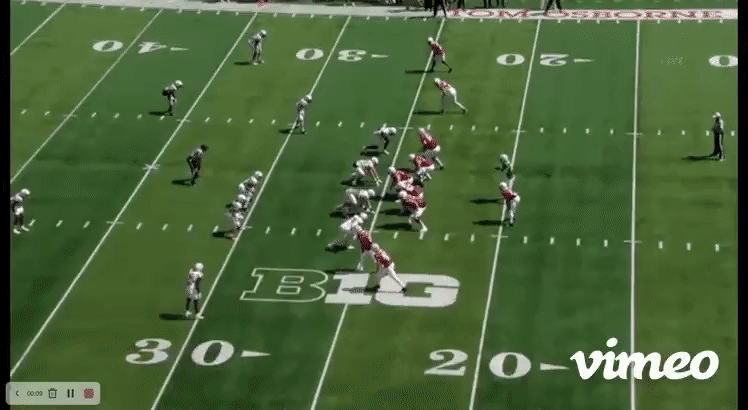

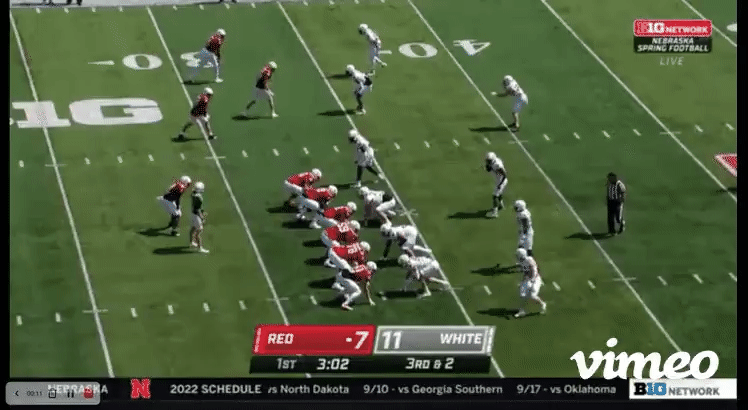

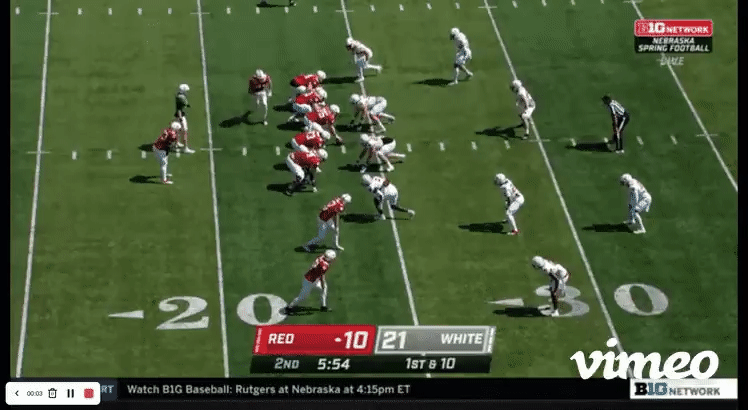

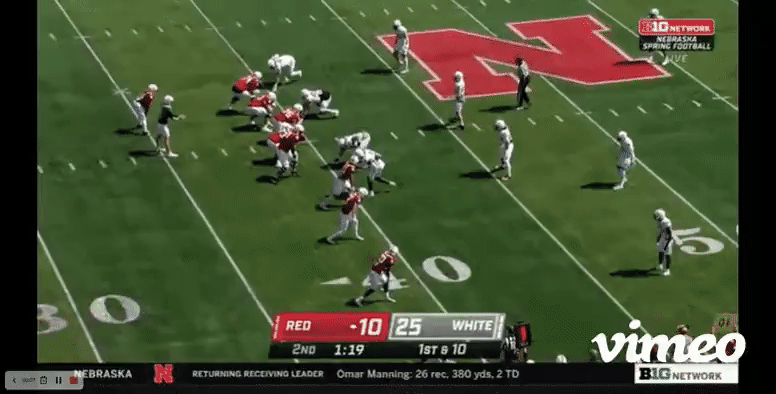

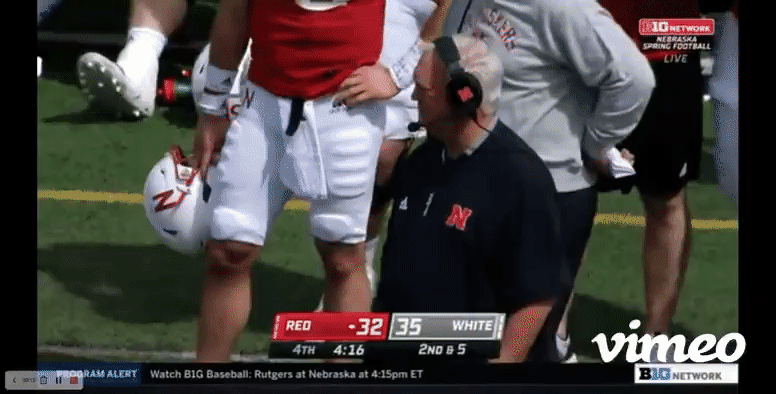
I may do a little more of an in-depth look at the spring game in the future if I feel it’s warranted, but for now here’s a little tidbit with some of the basics.
Sound off in the comments: What did you think of the spring game? Who did you think played well or poorly? Can any of our tackles block a kindergartner? Coaches’ pullover game: Fire or nah?
As always, thanks for reading, smash the subscribe button if you haven’t already and share this post with anyone else who you think might enjoy it!





I also strongly disliked the way the first half was played.